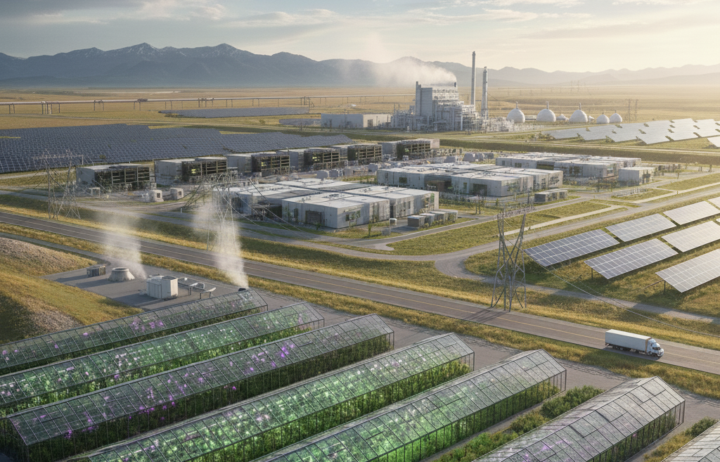What is the Difference Between Vertical and Horizontal Farming?
When we think of farming, our first thought is typically horizontal, traditional farming. Vertical farming has been relatively unknown outside of the farming community until recently. The comparison between traditional farming versus vertical farming is significant, particularly in operational methodologies. Surprisingly, these two farming methods do not directly compete with each other. Instead, they complement each other, addressing different challenges in food production.
Given the current global challenges like overpopulation, environmental degradation, and potential food scarcity, changes in our agricultural practices are essential. Vertical farming, while not a complete solution, offers vital support for future sustainability.
Vertical farming does not rival traditional farming but acts as a complementary approach. Collaborative efforts between vertical and horizontal farming can contribute to a more sustainable agricultural future.
Benefits of Vertical Farming
Vertical farming is where plants are grown in vertical towers, using less space than traditional farming. The method excels in several areas, making it a crucial part of modern agriculture. It represents an innovative approach to enhancing food production sustainability.
The vertical farming method significantly reduces greenhouse gas emissions and minimizes water pollution. Urban areas can benefit from improved air quality due to vertical farms, which typically use fewer chemicals and pesticides.
Overall, vertical farming provides a sustainable means to cultivate various plants, potentially offering profitable opportunities and boosting local food supplies. However, it requires initial investment, expertise, and determination.
Limitations of Traditional Farming
Traditional farming has been the backbone of human survival for millennia and remains crucial. However, expanding farmland is no longer feasible without significant environmental consequences.
Continued reliance on traditional farming risks depleting natural resources and degrading arable land. Global agriculture has reached a point where reducing the strain on horizontal farming is critical for planetary health.
Vertical farming emerges as a partial solution, alleviating some pressure off traditional farming while remaining economically viable. It’s a step towards establishing a new, sustainable pillar in food production.
The Future of Vertical Farming
The future of plant cultivation will increasingly involve vertical farming, enhancing the quality and nutrition of produce. Envision vast indoor plant facilities utilizing automated systems and machine learning for efficient crop growth. This technology enables large-scale plant production with minimal human labour.
Vertical farming is a pivotal component of our agricultural revolution to provide future generations with high-quality, sustainably grown plants.
Vertical Farming Solutions from NuLeaf Farms
NuLeaf Farms is a leading expert in vertical and indoor farming education and solutions for individuals and businesses. Whether you want to learn more about vertical farming by taking one of our workshops, start your own indoor farming project, or chat with us about vertical farming, NuLeaf Farms has you covered.








